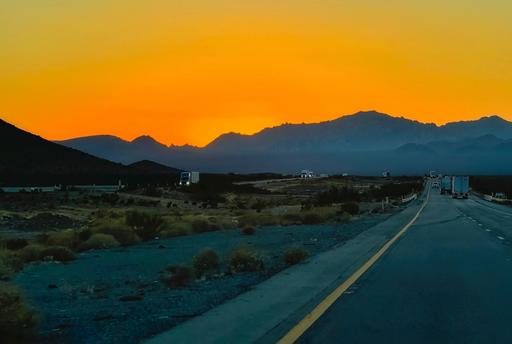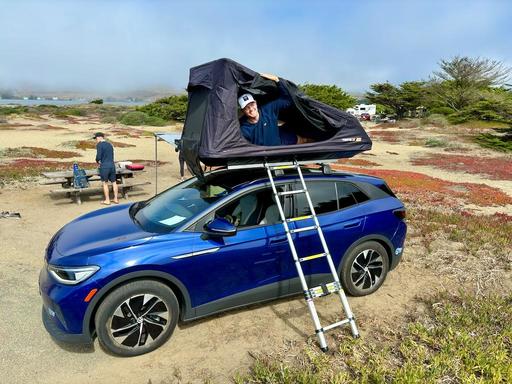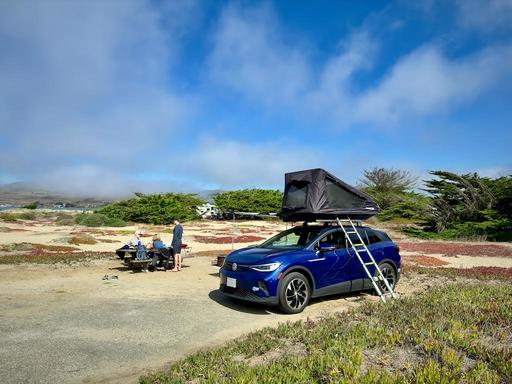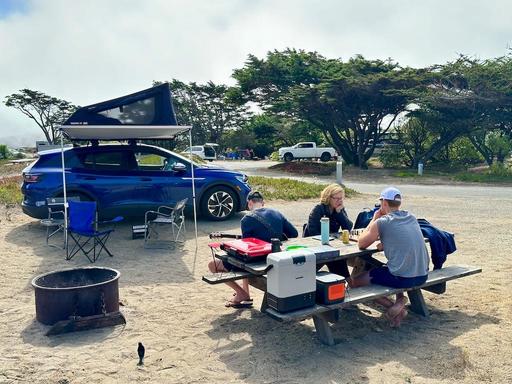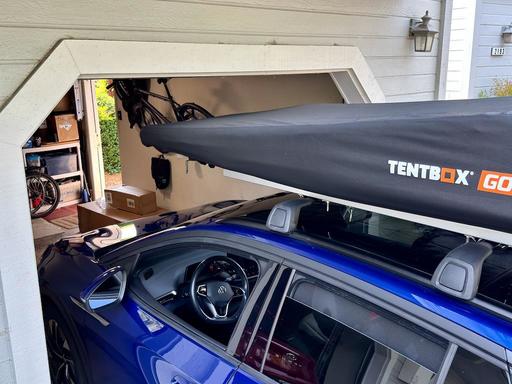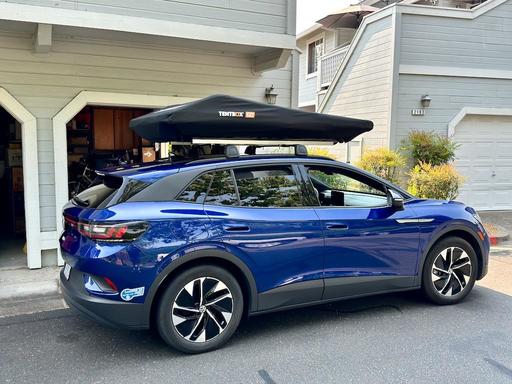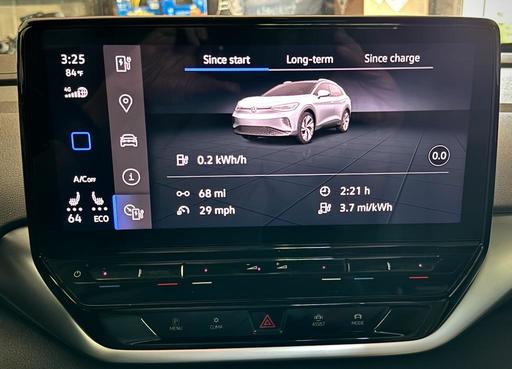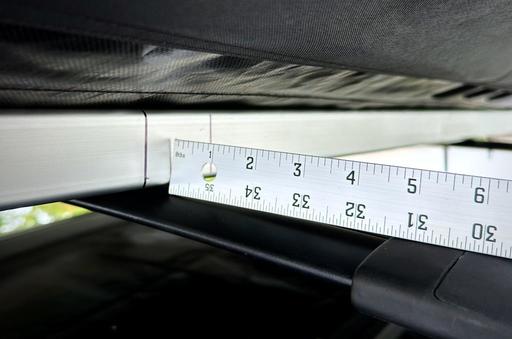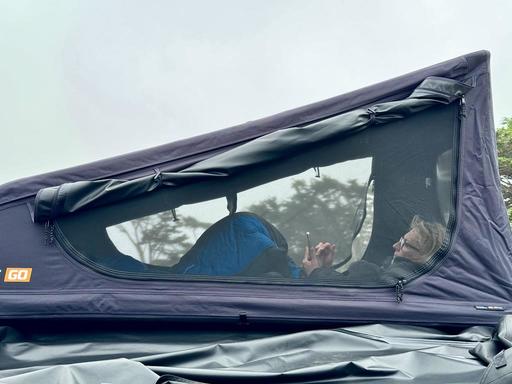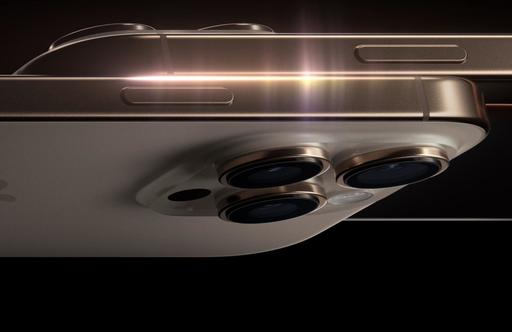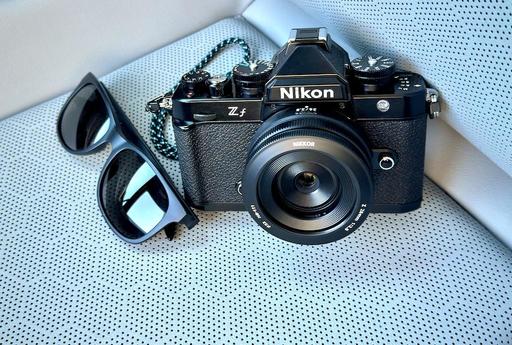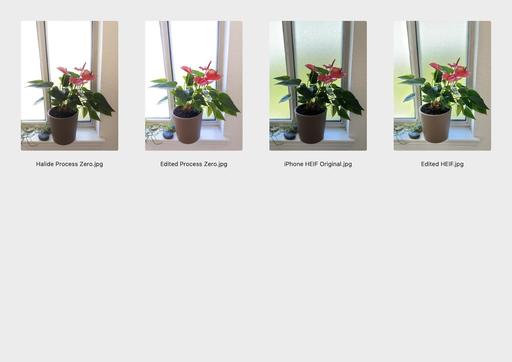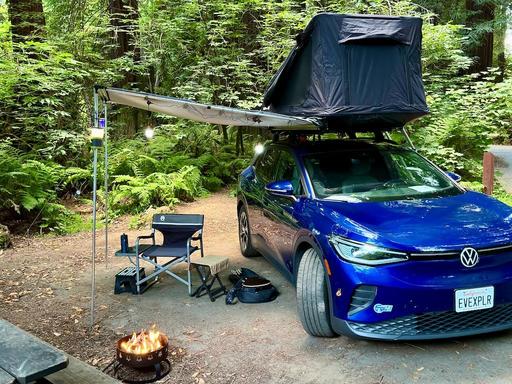This is The Digital Story Podcast #968, Oct. 8, 2024. Today's theme is "1200 Miles to Durango." I'm Derrick Story.
Opening Monologue
Most folks aren't crazy enough to load up an EV in Northern CA and drive over a thousand miles to Durango, CO. But that's exactly what I did last week for our photography workshop. And it was amazing. Hear all about it on this week's TDS Photography Podcast. I hope you enjoy the show.
Tune-In Via Your Favorite Podcast App!
Apple Podcasts -- Spotify Podcasts -- Stitcher
Podbean Podcasts -- Podbay FM -- Tune In
1200 Miles to Durango
On the Wednesday before I departed, I removed the TentBox rooftop tent and companion roll-out awning from the top of the VW ID.4. If I was going to drive one day through California, then the next through Arizona, New Mexico, and finally arriving in Colorado, I knew I would need to squeeze every mile out of each charging stop.
I refueled in places like Lost Hills, Mojave, Needles, Winslow, Gallup, and, yes, Durango. My Bodega portable refrigerator was packed with sandwiches, fruit, and string cheese. Behind the front seat, I stashed Triscuts, almonds, and homemade banana bread. In the front cup holders, there were two water bottles with a 3.8-liter refill tank in the back hatch. My camera rode shotgun on the front seat.
The first day I navigated 700 miles from Santa Rosa, CA to Kingman AZ. The most challenging stretch was on Highway 40 where big rig trucks race 75 MPH or faster. Since I was using adaptive cruise control to optimize my speed, I was locked in at the speed limit in the right lane. In the rear view, I would see an oncoming truck closing in on me, shifting to the left lane, then leaving me behind in its tailwind.
Streamlining the car paid off. With nothing on the top racks, I averaged between 3.3 and 3.5 miles per kWh. I would get a little nervous climbing the Tehachapi Mountains in 90-degree heat, then experience relief as the car regenerated electricity going down the 6 percent grade on the backside.
After two days of driving, I arrived at Curry Barn outside of Durango, CO. It was worth the journey.
We had a total of 7 participants, with each having their own private or semi-private sleeping area. There were two spacious common areas, one for dining, and the other for lab work. At night, we could walk out the back door and photograph the Milky Way on a moonless, dark sky evening.
During the day, we explored the Animas River, downtown Durango, Mesa Verde, and rode the train to Silverton. After a shoot, we would return to Curry Barn for refreshments and to work on our pictures together, seated at a long table with eight chairs.
We ate breakfast, lunch, and dinner together. And when we couldn't eat another bite, take another picture, or edit another image, we flopped into bed hoping for a good night's sleep so we would have energy for the next day.
The images our group produced were beautiful - scenes from an old west mining town, fall color, a steam engine train rolling along cliffs and rivers, the remains of an ancient indigenous civilization, and of course, portraits of each other as we worked in the high mountains of Colorado.
The week passed too quickly. We had to say our good-byes. And then I loaded up the VW and headed back to California. Another 1,200 miles in front of me - plenty of time to relive the memory of an amazing week.
Should I Buy a Medium-Format Digital Camera?
You can read the entire article on LensRentals.com.
Fujifilm announces its October X Summit with a focus on design & firmware updates
You can read the entire article on DigitalCameraWorld.com.
Virtual Camera Club News
The Nimble Photographer Newsletter is now publishing every Thursday. Readers will enjoy a variety of content spanning from short photo essays, to commentary on weekly events, to reviews of the latest and coolest photo gear.
Inner Circle Members: A big thanks to those who support our podcast and our efforts! We are having a blast at our new Inner Circle hangout, the private group I've set up at DerrickStoryOnline. We'd love it if you join us. You can become an Inner Circle Member by signing up at our Patreon site. You will automatically be added to the new hangout.
Great Photography Articles on Live View - If you check out our publication and appreciate what you see, be sure to follow us and clap for those authors. You can find us at medium.com/live-view.
If you're interested in writing for Live View, drop me a line at dstory@gmail.com.
The New Donation Kit for Carefree Shipping of Found Film Cameras - If you've discovered a film camera that's no longer being used, our new Donation Kit makes it easy to pack and ship. Just visit the Contact Form on thenimblephotographer.com, click the box next to Donating a Film Camera, and let me know what you have. In your note, be sure to include your shipping address.
Affiliate Links - The links to some products in this podcast contain an affiliate code that credits The Digital Story for any purchases made from B&H Photo and Amazon via that click-through. Depending on the purchase, we may receive some financial compensation.
Red River Paper - And finally, be sure to visit our friends at Red River Paper for all of your inkjet supply needs.
See you next week!
You can share your thoughts at the TDS Facebook page, where I'll post this story for discussion.
